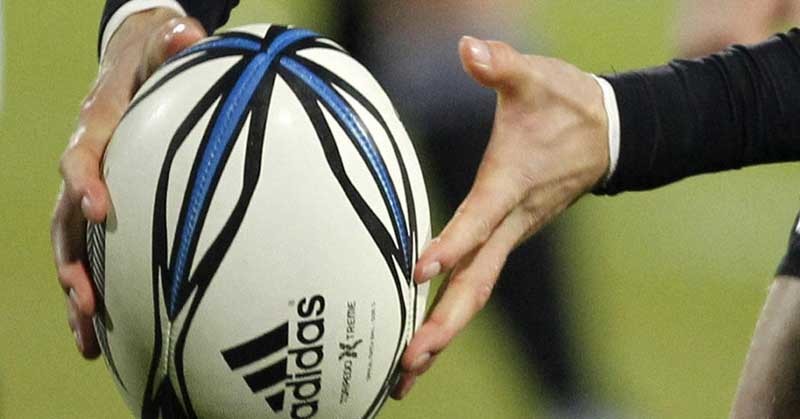Scotland’s back division for Saturday’s crucial RBS Six Nations meeting with Ireland has been thrown into chaos.
Three starting candidates were ruled out as the squad gathered at Murrayfield on Monday. Joe Ansbro and Hugo Southwell have both been omitted from consideration while Rory Lamont, a potential replacement for Southwell at full-back, was unable to travel from the south of France to join the squad, now reduced to 29, who trained at the national stadium.
Southwell is still suffering from the facial injury that saw him taken off after only 19 minutes of the match against Wales at Murrayfield the weekend before last, while centre Ansbro suffered a concussion playing for his club at the weekend against Bath.
Lamont, who has been cursed with injuries in recent months, suffered a dead leg playing for his club Toulon which has bled into the muscle and he has been ordered to rest for up to two weeks.Head coach Andy Robinson might have been considering back division changes for the Ireland game after the disappointment of defeat against the Welsh but his selection options have been mightily reduced.
The coach has the 101-times capped Chris Paterson who has not started an international since he suffered a ruptured kidney in his 100th match against Wales a year ago as an option at 15, although the uncapped Bath full-back Jack Cuthbert is also with the squad.
No new centres have been added to the squad, suggesting that Max Evans will move inside to 13 to allow Sean Lamont to return after he starred for an hour in the Welsh game as a replacement.
In the meantime Scotland’s medical chief James Robson admitted that Ansbro could still play for his club Northampton on Saturday but could not be considered for Scotland. The former Dundee GP said, “Joe still had concussion symptoms last night, which would require a wait of 24 hours before we could challenge him with physical activity.
“Then we’d give him a bike workout and wait another 24 hours to see if there was a reaction under the proper protocol. That would mean it would be Thursday before he could train and the bulk of the international sessions would be gone. It doesn’t mean he wouldn’t be fit for the weekend but my recommendation was that he be left out of the squad.
“For his club it’s different. He trains with them week in, week out and it could well be that he’s deemed fit by the Northampton staff to play for them once the concussion protocols are observed.”
Continued…
Southwell had to have multiple stitches in a facial wound after he collided with Lee Byrne’s studs against Wales and a complication required hospital attention.
“The severity of the laceration is that he requires a couple of weeks off from rugby another blow to his cheek there would be difficult to manage,” continued Dr Robson. “He’s being checked by a facial surgeon while he’s here with us and we’d hope he could return to contact training next week.”
Lamont’s dead leg resulted in “a nasty bleed” into his thigh that prevented him travelling, with medics in Toulon expecting him to be out for 10 to 14 days, added Dr Robson, who also listed six further players unable to train on Monday.
Jon Welsh (ribs), Rob Harley (flank), Ross Rennie (toe), Nathan Hines (knee), Richie Vernon (calf) and Dougie Hall (neck/shoulder) all missed yesterday’s session but it was hoped that the majority of them would be fit for consideration.
Dr Robson, honoured with a Fellowship from the Royal College of Surgeons in Edinburgh last year for his career in sports medicine, believes the high intensity of modern rugby might be starting to plateau after he warned of increasing dangers to player safety following the last British Lions tour to South Africa, his fifth as head medic with the home nations’ select.
“We’ve had the IRB conferences and as a result of opening up the debate after the last Lions tour, heightening awareness and getting the officials onside, we’re making the game safer for players without taking away the exciting part which, in part, is the big collisions,” he said. “The RFU say there’s been a reduction in injuries this season in the premiership, and while we’ve yet to study the full stats I’ve got a cautious optimism that everyone is looking towards reducing the injury load.
“What’s important is that we help all unions develop good policies to look after their players we can’t keep the best schemes to ourselves. As medics it’s incumbent on us to share information, and after all what we want to see is the 15 best guys available to each side in the contest.”
